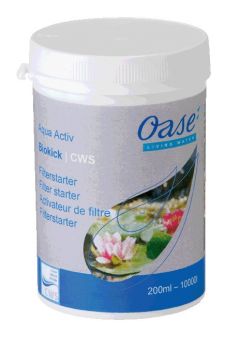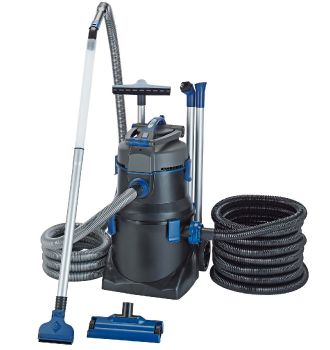The task of getting your garden pond back into shape doesn't need to be a tiresome chore. Take a look at these useful tips...
- If your pond contains planting, remove any dead or dying foliage using pond scissors or pond pliers. If possible, remove any decaying debris from the base of the pond with a pond vacuum cleaner or a fine mesh pond net.
- Check your pond water quality. A good quality pond water test kit will prove invaluable over the new season.
- Check the pond water temperature. As the temperature rises above 8°C, its worth switching your UV Clarifier back on in order to minimise algae bloom (green water). As a general guide, a UV clarifier bulb should be replaced once every 12-18 months so change the bulb if this is a convenient time to do so.
- Take a look at your pond filter pump. If the pump has been raised off the base of the pond during winterising, lower this back onto the pond floor to maximise removal of solid waste during the warmer months.
- Flush out your pond filter and check the quality of the filter foams. if the sponges are crumbling or damaged, this is the ideal time to renew these. Remember, do not rinse filter sponges in tap water as this is mildly chlorinated and likely to kill any beneficial bacteria which has established itself within the filter media. Instead, use a bucket of the actual pond water and gently douse and squeeze the sponges before placing back into the filter.
- Use a filter starter bacteria to accelerate the breeding and settlement of beneficial ’friendly bacteria’ on the filter media and within the pond.
- This is also a good time to install a heron deterrent, if heron or other predators are problematic in your area. As the pond water temperature rises, fish will tend to come nearer to the water surface, making these a target for certain unwanted local wildlife.
- As the water temperature rises above 10°C, you can switch from lower protein fish food to a higher protein diet. Always use a high quality fish food and do not overfeed. Little and often is the best approach and ensure the pond fish are consuming the entire feed each time. An automated Fish Feeder can help to ensure overfeeding is not occurring.




